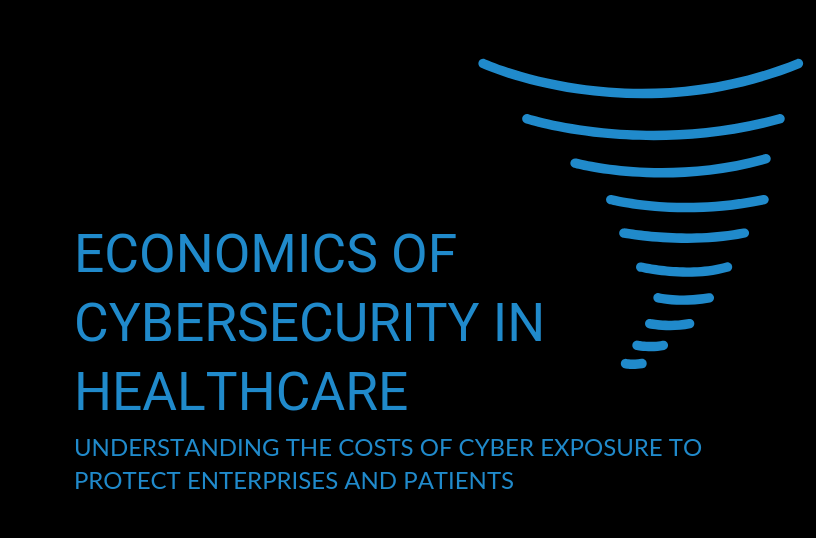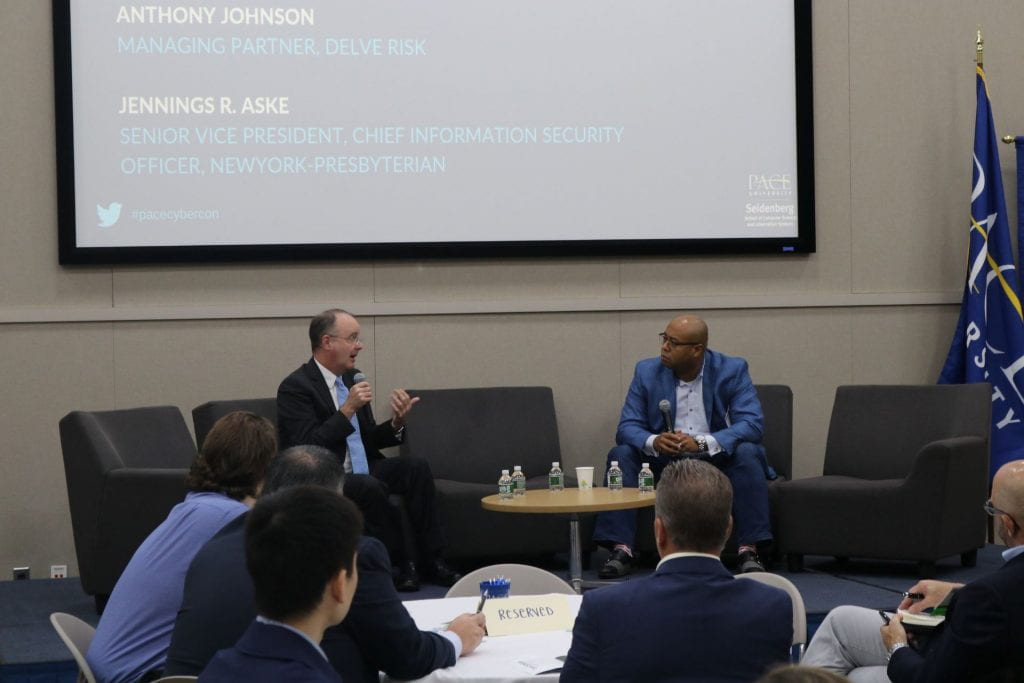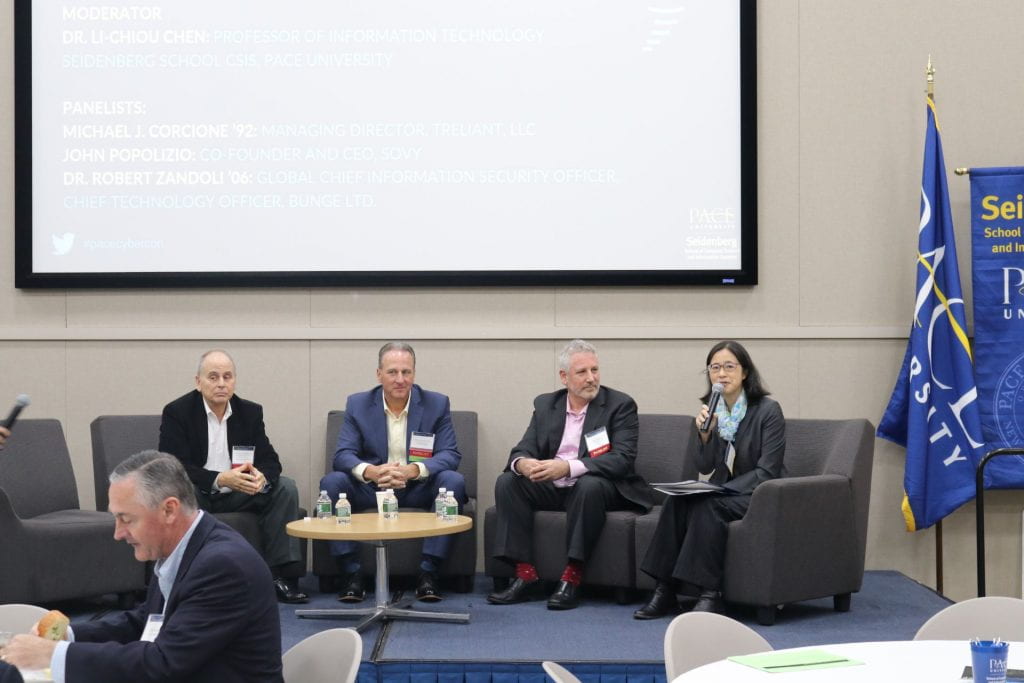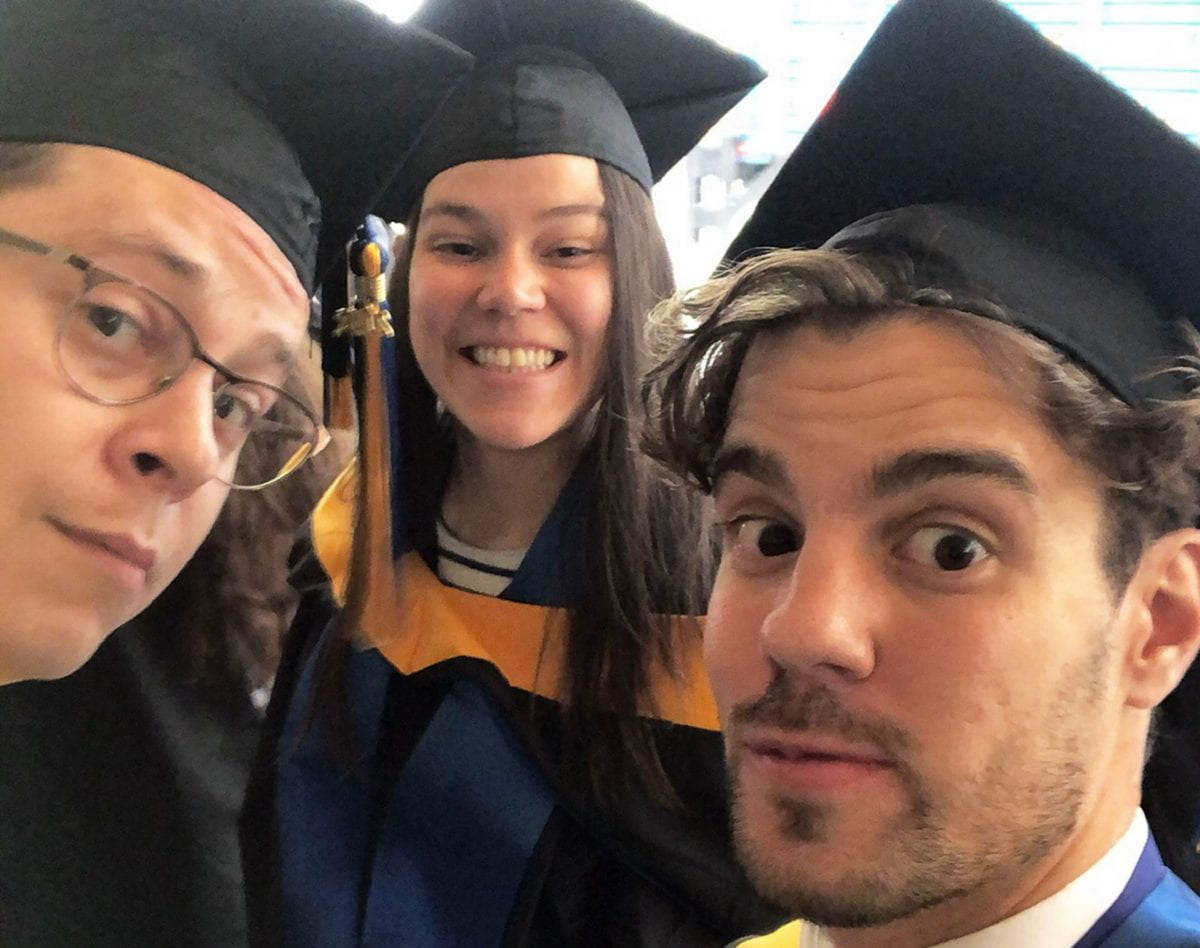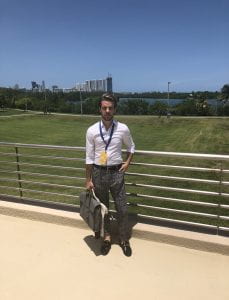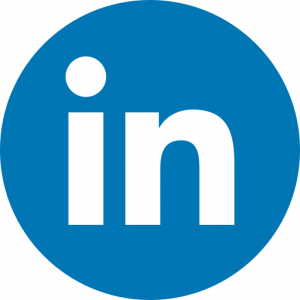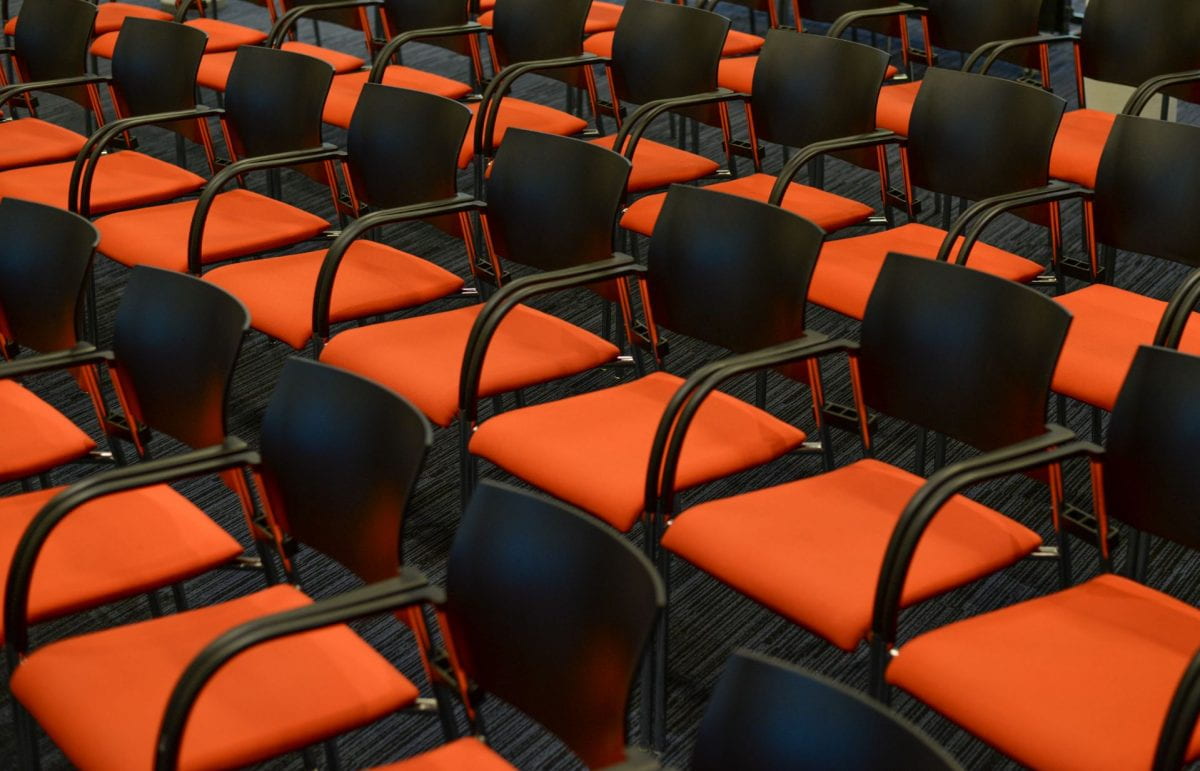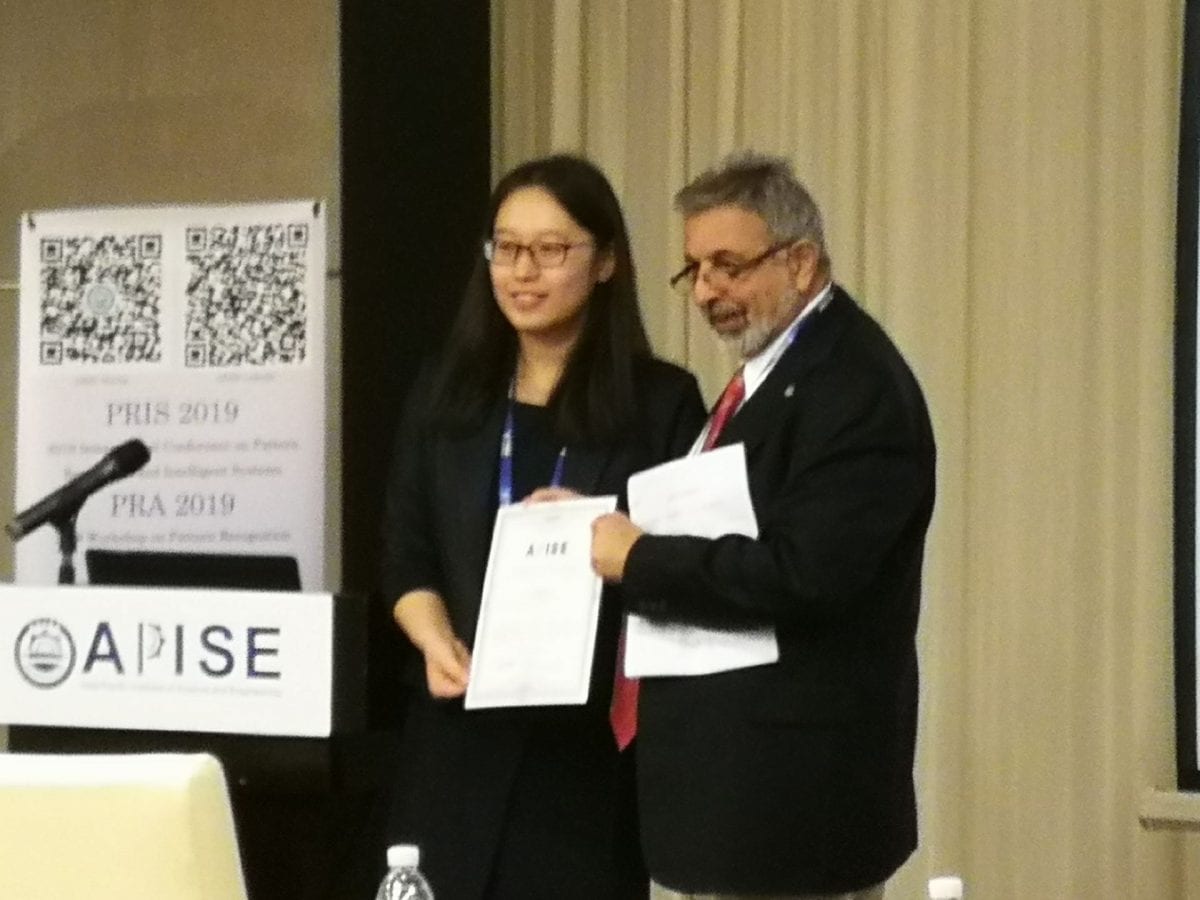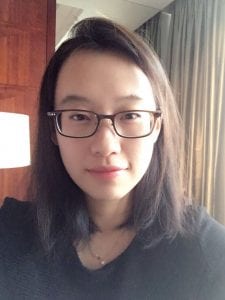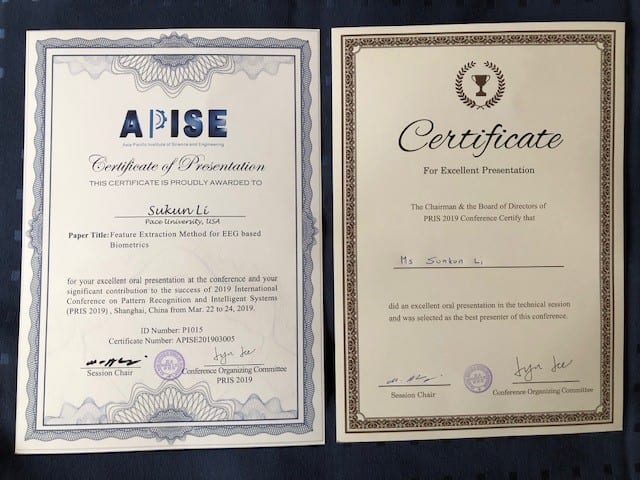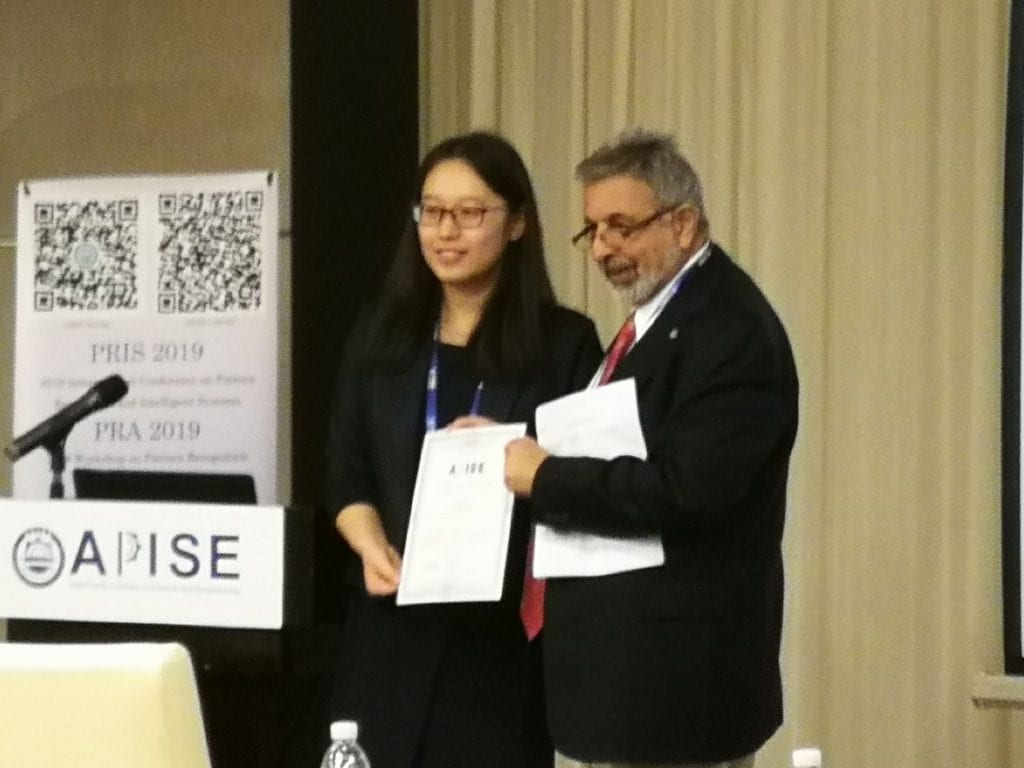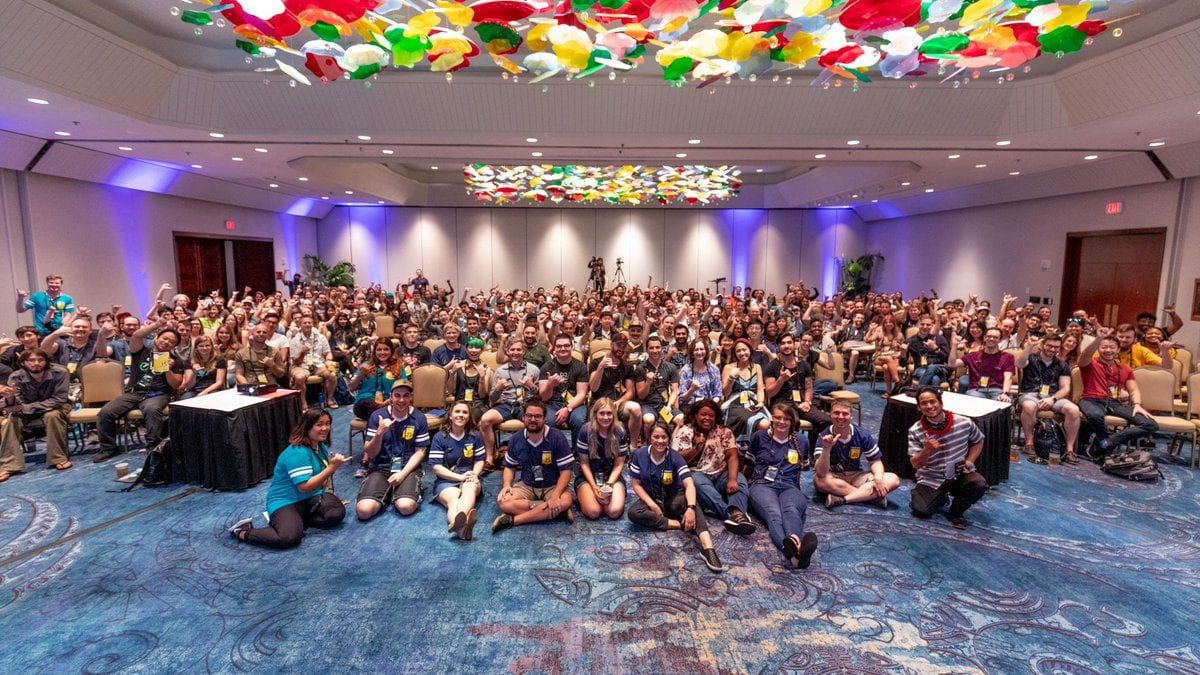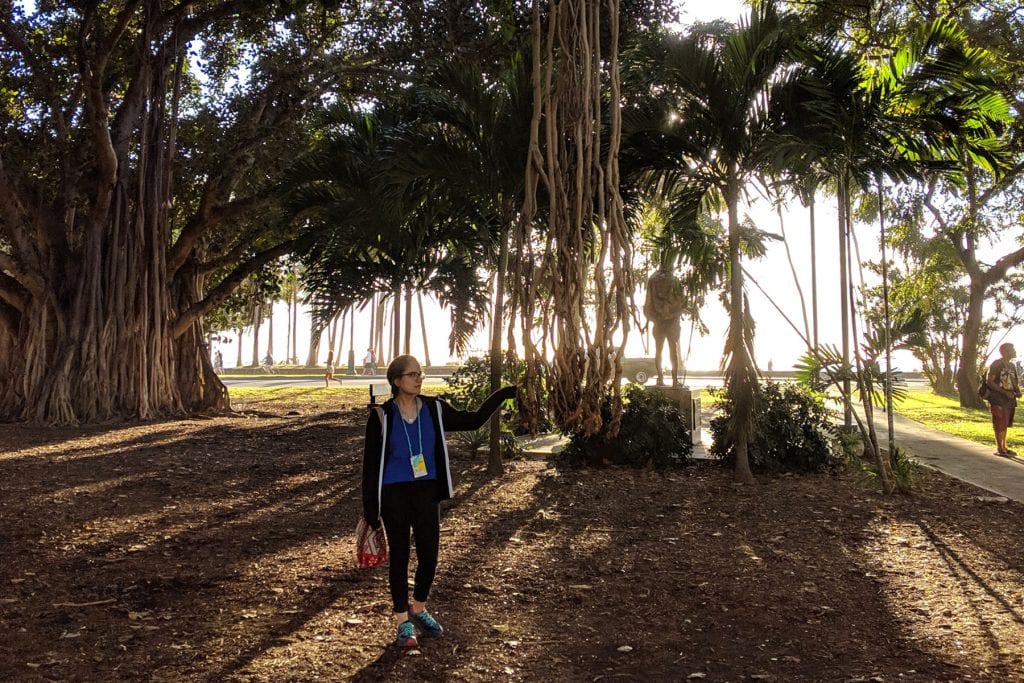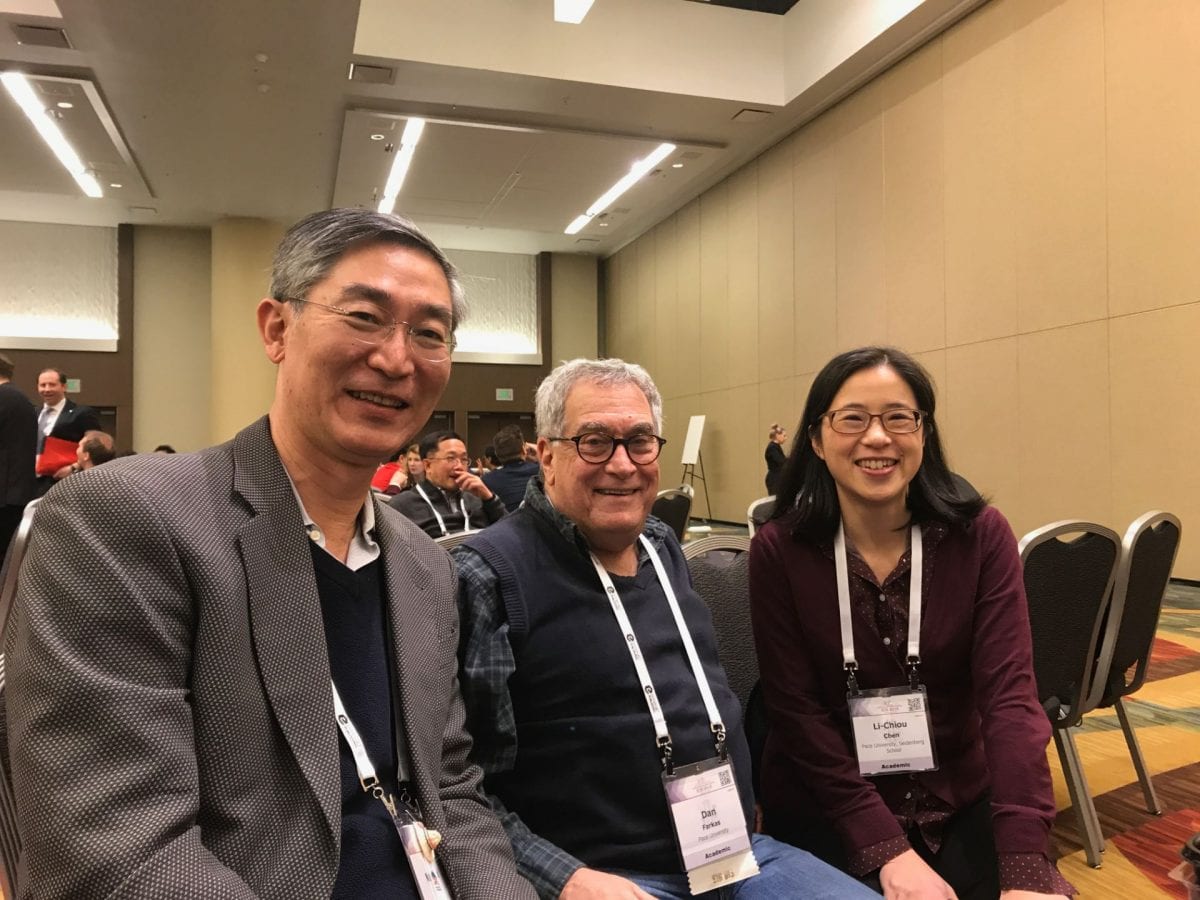The third annual cybersecurity conference took place at Pace University’s Westchester campus on Thursday, October 3, 2019. The conference included a set of panelists and speakers from many top East Coast organizations and a guest appearance from a canine cybercrime specialist.
This year’s focus was the Economics of Cybersecurity in Healthcare: Understanding the Costs of Cyber Exposure to Protect Enterprises and Patients.
After a networking breakfast, the Dean of the Seidenberg School of Computer Science and Information Systems, Jonathan Hill, welcomed guests and spoke about the work being done at Pace University. “Pace University is doing a lot to address the [cyber] threat today,” he said.
President Marvin Krislov also gave remarks, noting that “healthcare is the largest sector in the Westchester economy,” – an economy which Pace University contributes nearly $360 million to, it was recently announced.
The conference got started with an opening conversation between Jennings Aske, the Senior VP and CISO at NewYork-Presbyterian, and Anthony Johnson, Managing Partner at Delve Risk. The topic of the conversation was a threat briefing on the healthcare landscape. Jennings and Anthony dove into a fascinating discussion on risk management, patient privacy, and leading cybersecurity initiatives.
After the discussion, the Dean of the College of Health Professions, Harriet Feldman, took to the podium to discuss the industry outlook. “The intersection of technology and healthcare could not be more important than it is now,” she said.
Following was a new addition to our conference program – an interactive cyberattack exercise. The exercise was run by Shawn Fohs, Managing Director of Forensics US Cyber Response & Privacy Leader, Ernst & Young; Kevin M. McGuire, the Commissioner at Westchester County Department of Social Services; Jonathan Bandel, Assistant VP for Strategic Service Lines at White Plains Hospital, Robert Largey, Co-Founder of East Post Road Ventures, LLC, the Innovation Accelerator Arm of White Plains Hospital, and Pace University’s very own Kit Lee-Demery, the Assistant Director for Emergency Management and Fire Safety.
The session consisted of a tabletop exercise that aimed to create an opportunities for conference attendees – stakeholders within the healthcare critical infrastructure sector – to enhance their understanding of key issues associated with a focused cyberattack, including coordination and information sharing amongst private entities and government agencies in response to such an attack. Participants got to come up with a response to a fake, albeit plausible, cyberattack based on current plans, policies, and procedures. It involved contact from the FBI, hacking from malicious agencies, increasing panic, media scandals, and stolen information – all the makings of a quality drama!
Once the exercise was finished, the first panel discussion of the day took place over lunch. The panel, titled Quantification of Risk Management of the Healthcare Enterprise, included guests Michael Corcione, Managing Director at Treliant Risk Advisors and Robert Zandoli, Global CISO and Chief Technology Officer at BUNGE LTD, both of whom are Pace alumni. Co-Founder and CEO of Sovy, John Popolizio completed the group alongside moderator and Seidenberg School faculty member, Li-Chiou Chen.
No cybersecurity conference at Pace is complete without an appearance from our four-legged friend, Harley the Cyber Dog. As in previous years, Westchester County Police Department’s Detective Brett Hochron and his K9 partner Harley gave a demonstration of Harley’s skills at sniffing out cybercrime. Trained to detect a particular chemical scent present in many tech devices, Harley is capable of discovering hidden USBs, SD cards, smartphones, and more – even if they are very carefully hidden. Detective Hochron explained that, as Harley only eats when she successfully finds a hidden device, she associates working with a worthy reward, making her quite possibly one of the happiest professionals in the cybersecurity industry.
Prior to the demonstration, Detective Hochron hid several devices around the conference room, including a micro USB taped to an electrical outlet and another one tucked under a pillow. Harley found them all within minutes.
Harley’s training has enabled her to assist police and the FBI’s cyber crime unit in convicting criminals. When police conduct physical searches, they may miss evidence that is hidden under floorboards, in electronic sockets, inside furniture, and other imaginative locations. Dogs like Harley are able to provide the backup that ensures no laptop is left unturned or undiscovered.
The final panel of the day looked to the past, present, and future. The panel was titled the Evolution of the Cybersecurity Program for the Healthcare Enterprise and featured Chris Hetner, Managing Director of Marsh Risk Consulting’s Cyber Risk Consulting; Steven Goriah, DHA, CHCIO, FACHE, VP of Information Technology/CIO, Chief Information Security Officer at Westchester Medical Health Network, Seidenberg professor and digital forensics expert Darren Hayes; and Jennings Aske, SVP and CISO at NewYork-Presbyterian. Seidenberg professor and Associate Dean, Jim Gabberty, moderated the discussion.
Following the panel, Dean Jonathan Hill gave his closing remarks and the conference was open for guests to network and meet with panelists.
We are grateful to our sponsor, Treliant, for the generous support in making this conference a success.
Thanks also go to Detective Brett Hochron of Westchester County Police Department for another fantastic presentation with Harley.


